How to Dry Insulation?
A handy guide on how you can dry your insulation and how moisture can threaten it
Insulation is used for keeping our homes dry and cozy, as well as to protect them from heat and warmth loss because of drafts. But when it gets wet, it may cause certain problems and damage. However, the problem is that homeowners often don’t know exactly what to do if they find out their insulation is wet.
In this article, we will explain how to dry insulation and what drying methods might be used depending on insulation type you have.
How much does it cost to dry wet insulation?
We will answer this question as well. In addition, you will find out why you should take care of wet insulation as soon as possible and what issues moisture may lead to if left unattended.
How to Dry Wet Insulation?
Moisture is a good thing but not when you find it on your home insulation. In this case, your very first concern would be to figure out what to do to dry it. At this point, you should know that moisture is not equally harmful to insulation.

See, various types of insulation can be affected by moisture differently. Some will not be damaged at all, while others must be dried out as soon as possible in order to prevent mold growth and insulation destruction.
We are going to share some information here with you so that you know how to act quickly once you realize your insulation was exposed to excess moisture.
So, your insulation got wet, how to dry it?
It will depend on what type of insulation you have in your home.
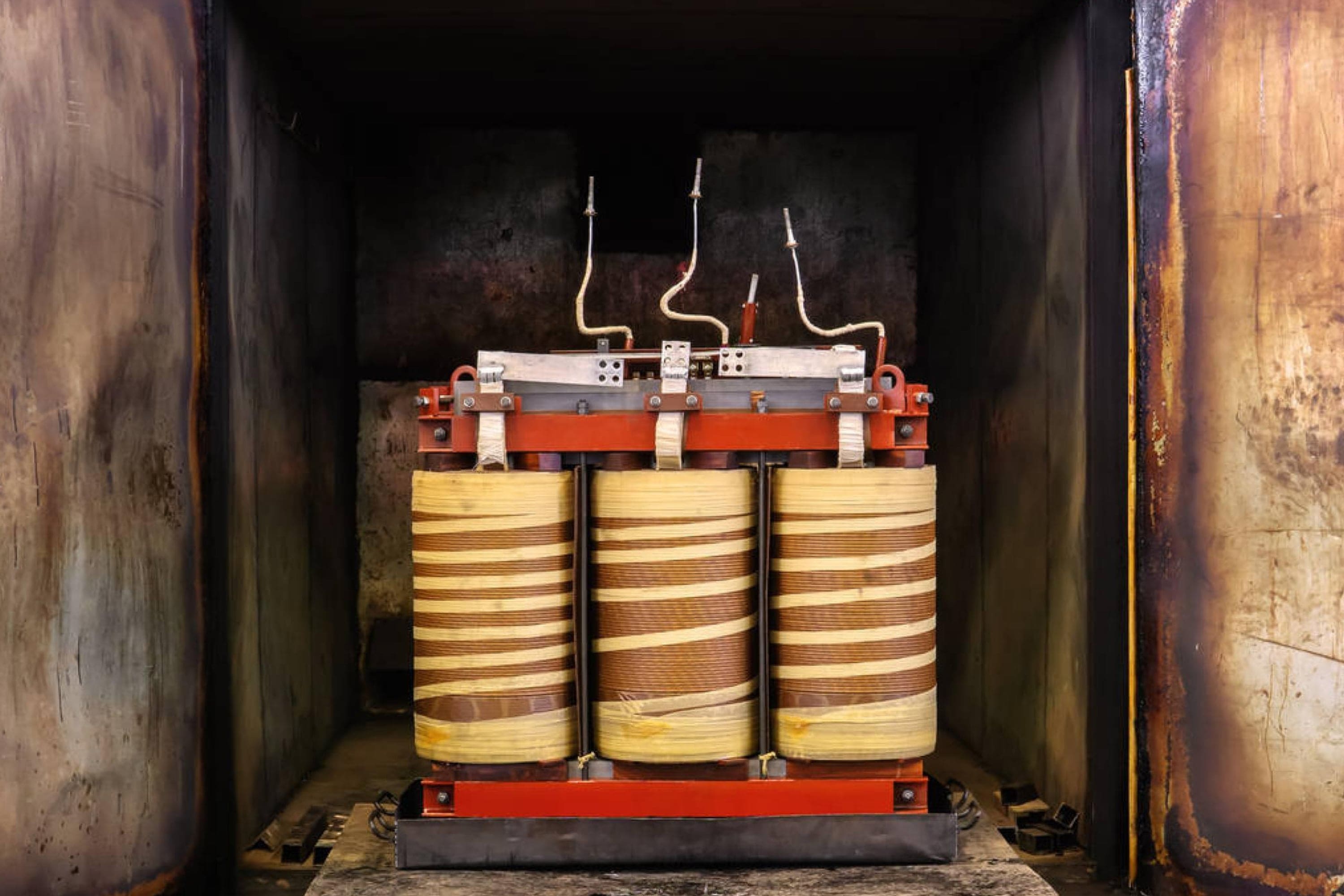
haritonoff via VistaCreate
Table of Contents
How to Dry Fiberglass Insulation?
First of all, not all of us know exactly what type of insulation we have in our walls. If this is your case, you need to check the wall and floor cavities in your house. Do you see pink batts or loose-fill insulation in them? If you do, it means that your home is insulated with fiberglass.
This insulation material is called like this because it is made of tiny strands of glass, which is why it doesn’t absorb water.
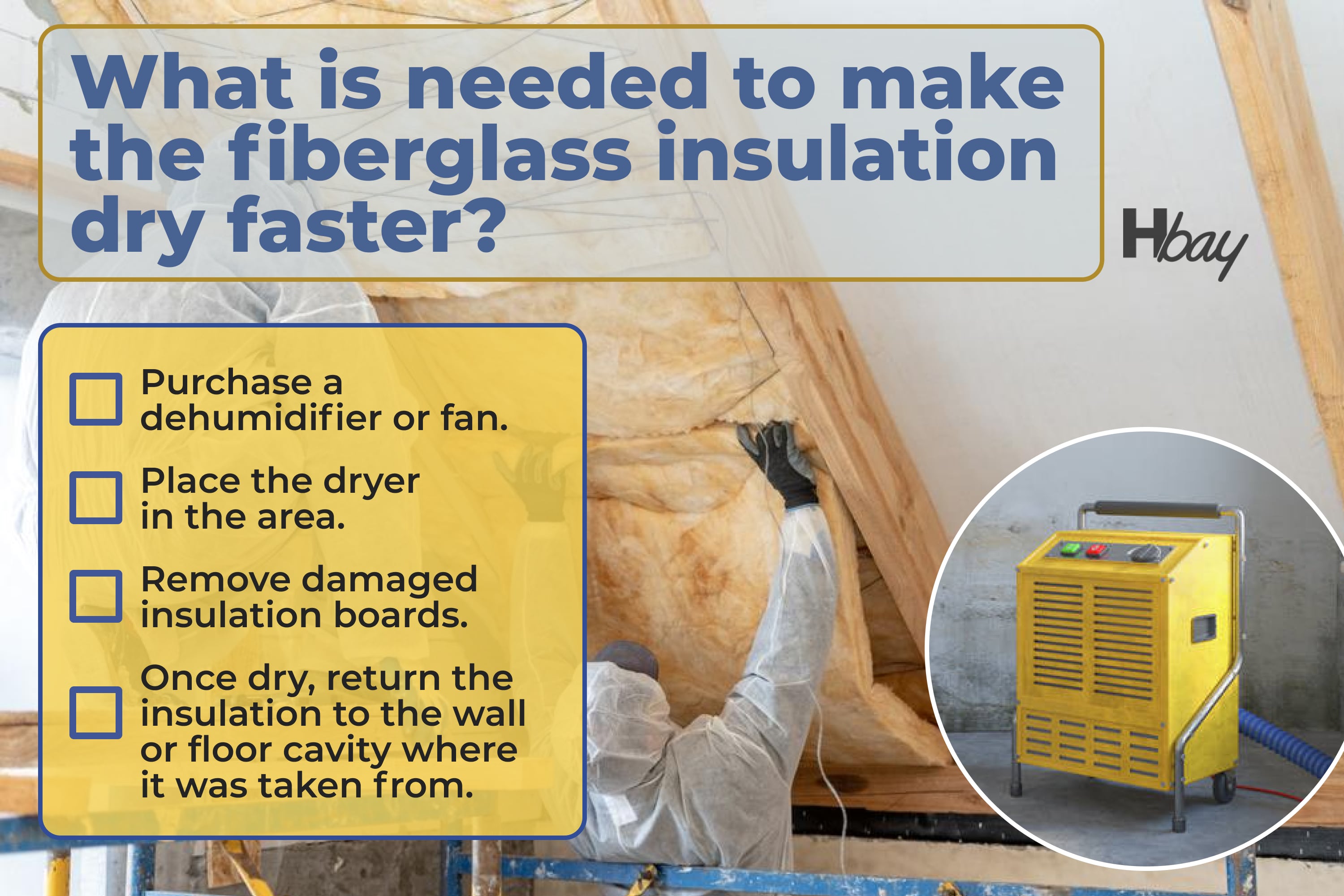
housekeepingbay.com
However, if moisture gets into the air pockets between the fibers and fills them, the insulation starts losing its ability to slow the transfer of heat. And since water is a conductor, when it makes fiberglass insulation wet, it is about as effective as having no insulation at all!
Is it possible to do something and save your insulation while it’s still not too late? Luckily, it is. To help fiberglass insulation dry out, follow a few easy steps:
- Get a dehumidifier or fan
- Place the drying appliance in the area
- If possible, remove the affected insulation batts and transfer them to a warm place to dry
- Once they dry out, return the insulation to the wall or floor cavity where it was taken from
When you are drying fiberglass insulation, it is also important to inspect the material once again in the next few weeks. If you sense a funny smell that’s coming from it, this means the fiberglass was contaminated with dirty water.
Should this happen, the affected insulation should be replaced in order to avoid making your indoor air quality worse.
At this point, you might be tempted to do the job yourself, but we would not recommend doing these tasks on your own. The best way to go is to call on a trusted insulation expert to get the job done properly and safely.
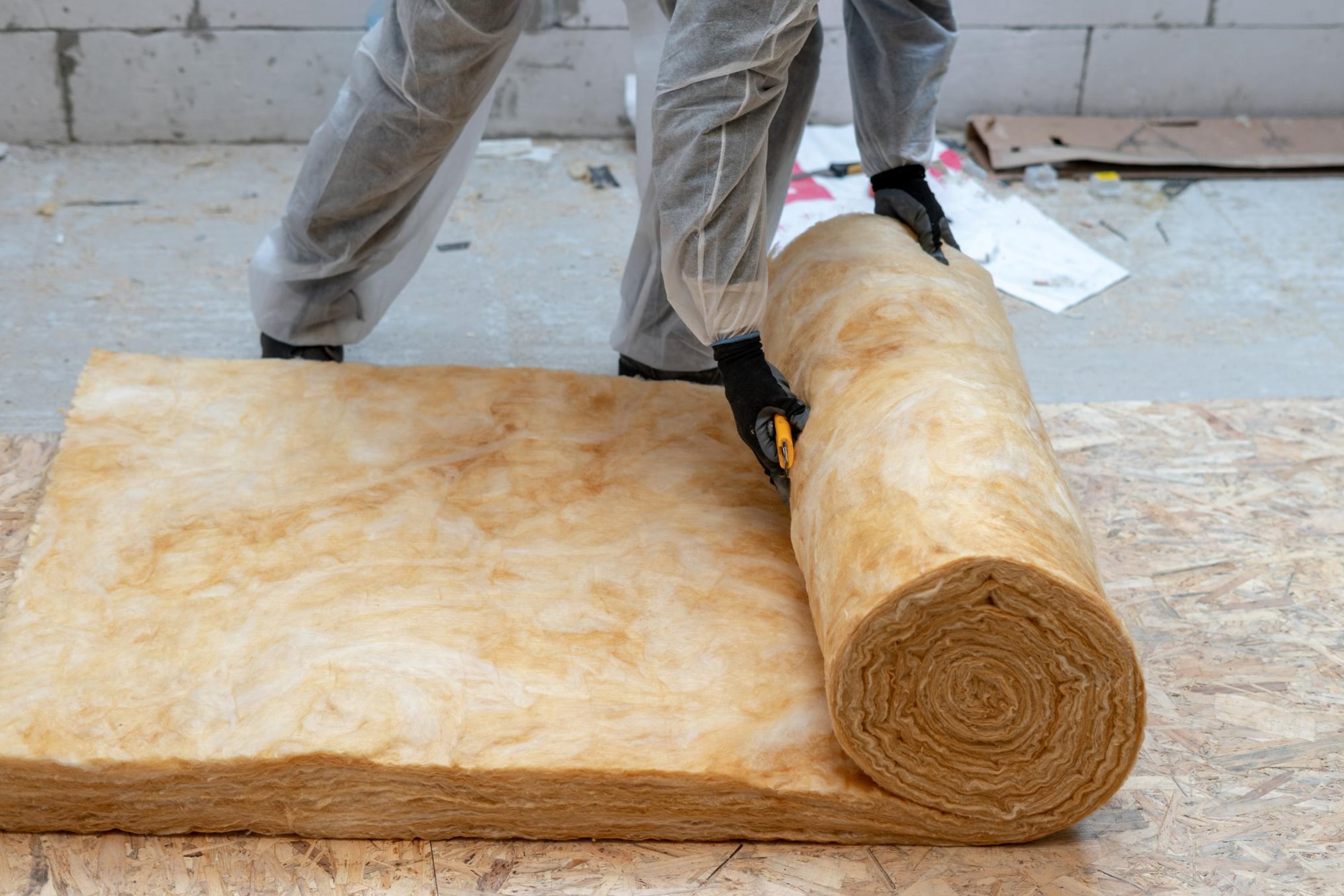
brizmaker via VistaCreate
How to Dry Cellulose Insulation If It Gets Wet?
If you have cellulose insulation in your home, you will see loose, gray fibers in wall and floor cavities. With this insulation, things are going to be a bit more complicated. See, cellulose is primarily made of recycled newspaper, which makes it a plant-based product. There is no need to say that it can easily get wet and be difficult to restore after being affected by moisture.
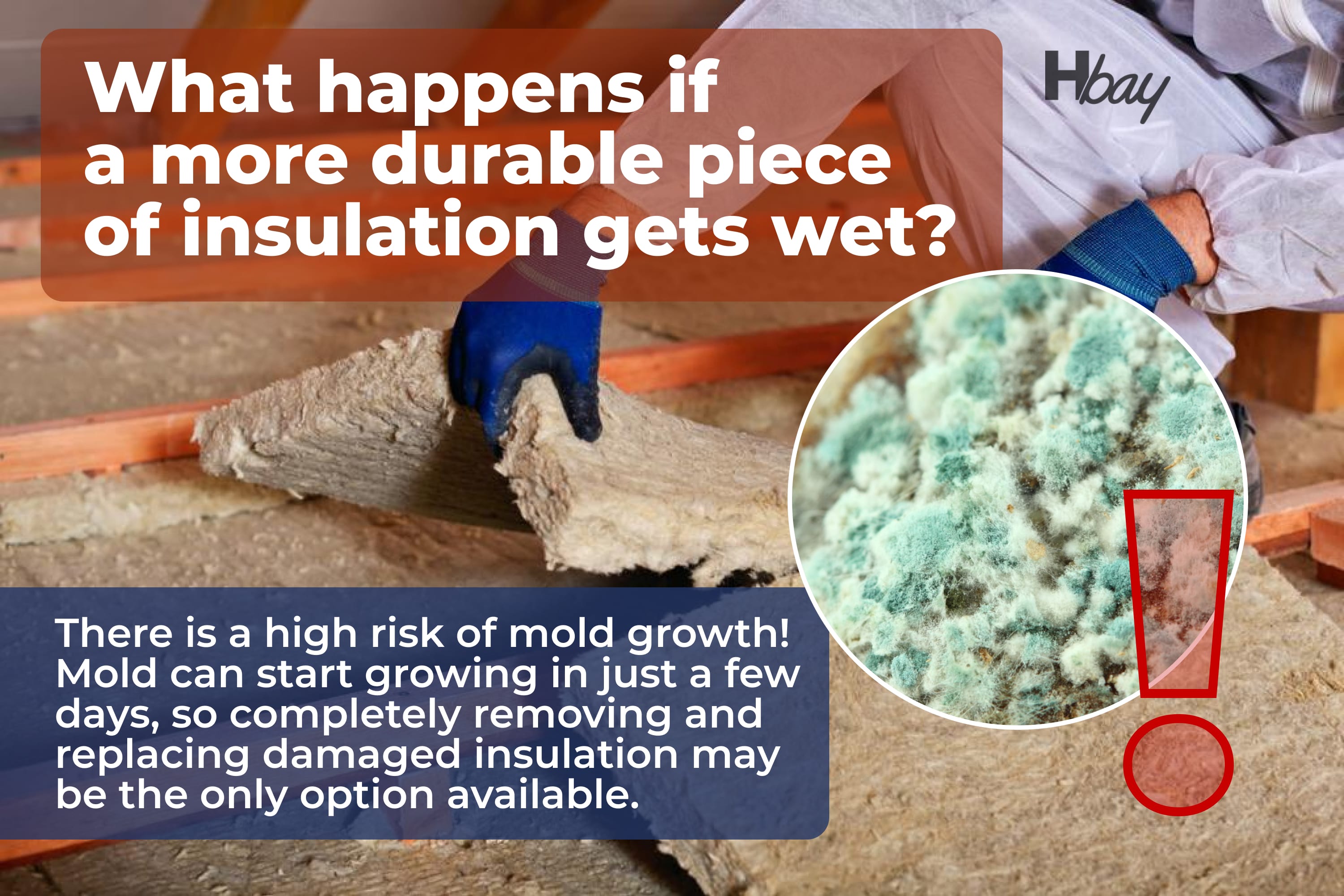
housekeepingbay.com
What shall you do in this case? You can use one of two options:
- If the piece of wet cellulose insulation is small enough, it might be possible for you to remove it. If you can do this, you need to let it dry for a few days and then put it back
- However, if a more substantial piece of insulation has gotten wet, there is a high risk of mold growth! Mold can start growing within just a few days, so total removal and replacement of damaged insulation might be the only option available
If you are not sure how massive the damage is, you’d better call a professional to examine your insulation and give you a conclusion, as well as further instructions on your actions.
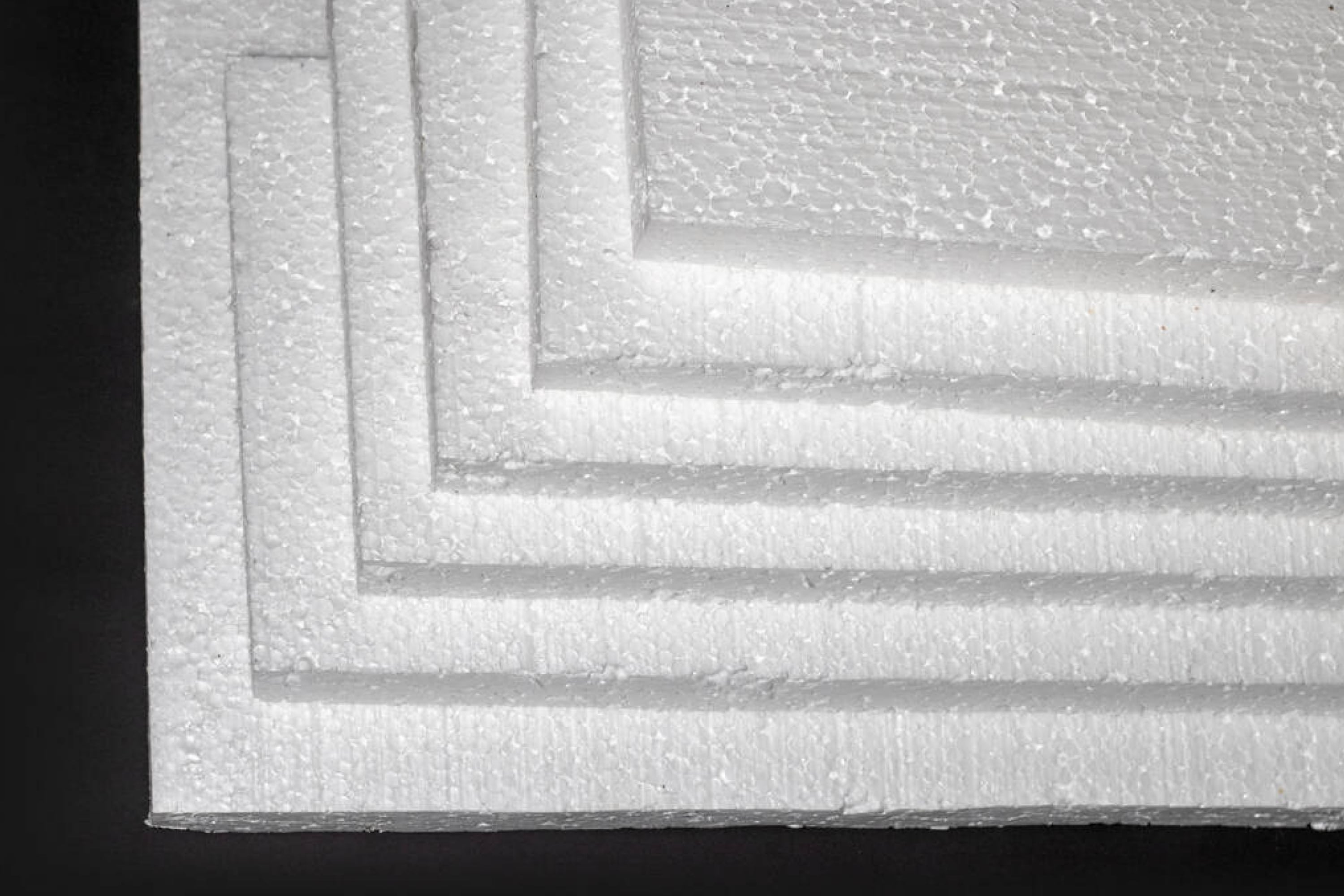
eliosdnepr via VistaCreate
How to Dry Wet Styrofoam Insulation?
This type of insulation is the easiest one to find and recognize! You can easily know your home has spray foam insulation if wall and floor cavities are filled with hard white foam.
But even though spray foam insulation works as a moisture barrier and is able to create an air-tight seal, the leak can still be problematic. See, the problem is that water is more threatening not for the insulation material itself but for the surrounding materials. Water can damage the wood surrounding the insulation, for example.
This is why the first thing that should be done to solve this problem is to find the hole and seal it to protect your home’s porous structures from moisture damage.
Now you know how different types of insulation can be dried. Also, you learned how you can tell the difference between the most common insulation types that are used in our homes. It will help you to figure out what drying methods might be more effective for your insulation type should it get wet.

Alla Serebrina via VistaCreate
How Much Does It Cost to Repair Or Replace Wet Insulation?
This is the reasonable and quite expected question that a homeowner can ask when it becomes clear that insulation is wet and needs not drying but fixing or replacing. We know it is not the most desired answer we are going to give, but the truth is it depends.
The exact sum of money you will have to pay depends on several factors. For example, the amount of moisture matters, as well as the duration of time your insulation has been exposed to moisture and deteriorating. In addition, you should not forget about the type of insulation you have which will also affect the price.
Anyway, whether you are going to pay $200 for a fix or $5,000 for repair, the first thing you have to deal with is the problem of wet insulation. The sooner you can resolve it, the fewer chances that structural damages will develop, leading to even more expensive repairs.
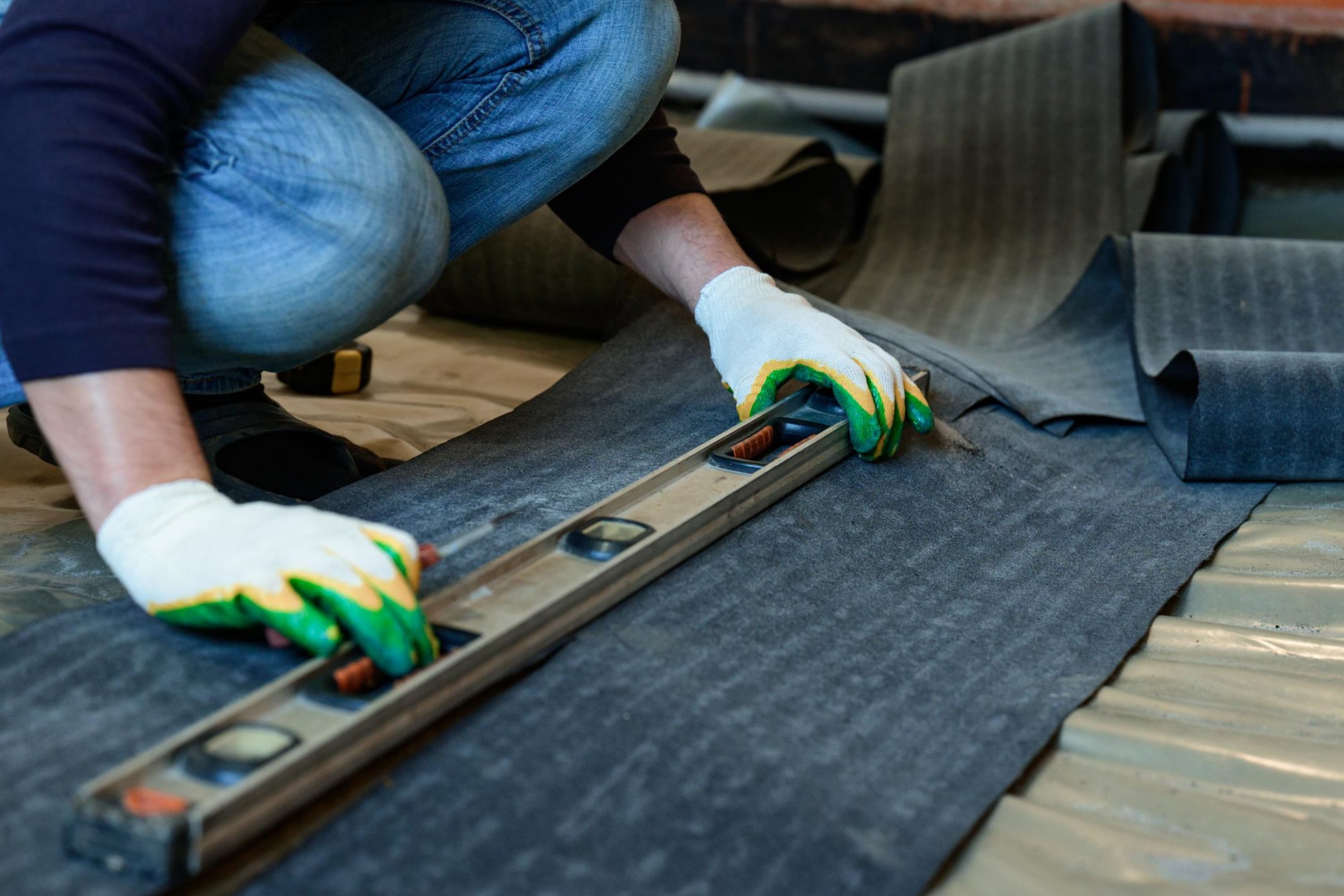
niko_C via VistaCreate
What May Lead to Insulation Getting Wet?
To be able to prevent moisture damage and insulation deterioration, you need to be aware of any possible ways your insulation can get wet.
One of the most common factors that lead to wet insulation is a leaking roof.
A roof leak can be hard to notice and it can easily skip your attention, but it will be deadly for your insulation and cause a great deal of damage before you discover it. This is why you should check your house for any leaks regularly to be able to spot even the smallest one in time and fix it.

Among the other factors that may lead to wet insulation there are the following:
- Air seepage through windows, doors, siding gaps, exterior cracks
- Ground moisture that affects basement/crawl space insulation
- Plumbing leaks
- Snow (it can literally blow into your insulation from an outside vent!)
So we recommend you analyze the situation and see whether your home is exposed to any of these factors. And if you realize your home is indeed at risk of wet insulation, you should talk to a professional to get detailed instructions on how to prevent damage and avoid enormous expenses.
What to Do to Keep Insulation From Getting Wet?
The easiest way to avoid problems with wet insulation is to know how to prevent moisture from getting into your walls. So after you dry out or replace your damaged insulation, you should not relax and forget about the problem. For sure, you will feel relieved to have the incident over with. But we recommend you make sure you will never experience wet insulation again!

housekeepingbay.com
This can be done by following a few easy tips:
- Check your roof for leaks regularly. It will help you spot anything that can damage attic insulation
- Inspect your siding for holes since they can allow moisture in and damage exterior wall insulation
- Seal your foundation and basement walls to prevent moisture from getting in. Otherwise, it will damage the crawl space and basement insulation
With just a few simple actions done regularly, you will be able to keep your home insulation safe and dry no matter what the weather is outside.
Well, now you know more about insulation and the possible danger that moisture may pose to it. We told you why insulation can get dry and what can be done to fix it. Also, you are now aware that different types of insulation need different treatments and repairs.
We also told you how you can prevent moisture from damaging your insulation by sharing a few handy tips that can help you keep your home dry easier. With all this in mind, you will be able to protect your house from moisture and all the problems and threats that it may bring.

Omstudio via VistaCreate
Ever wished paint sampling was as easy as sticking a sticker? Guess what? Now it is! Discover Samplize's unique Peel & Stick samples. Get started now and say goodbye to the old messy way!
Get paint samples




Frequently Asked Questions
⭐How long does it take for fiberglass insulation to dry?
Usually, this insulation shoudl dry in 2-3 days but if it doesn’t, it must be removed.
⭐How to get dry wall insulation off skin?
Immediately wash the exposed area with warm water and mild soap and wipe with a washcloth to remove the glass fibers from your skin. Take a shower as soon as possible to wash off other traces of fiberglass that may have touched your skin.
⭐Will any insulation type dry the same long?
No, some insulation types will dry faster whilst others dry slower. It depends on what it’s made of.
4 thoughts on “How to Dry Insulation?”
Leave a Reply

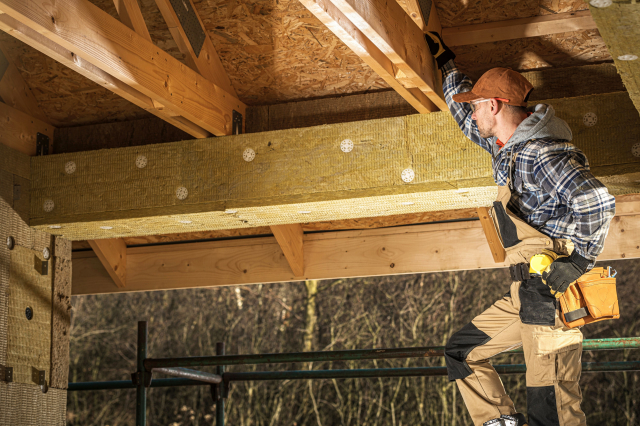
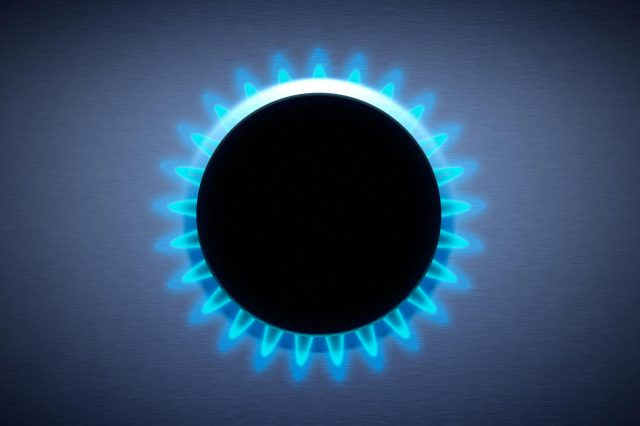

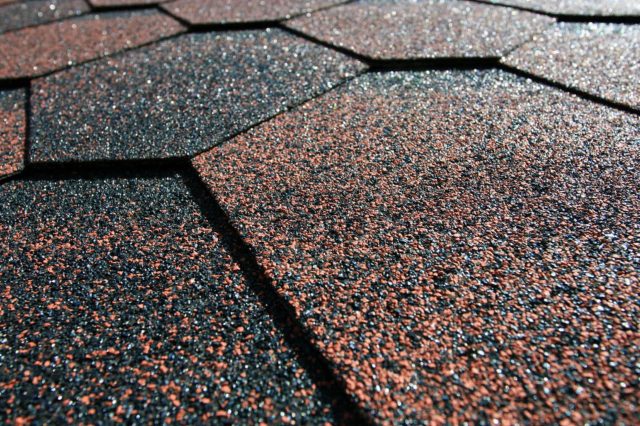
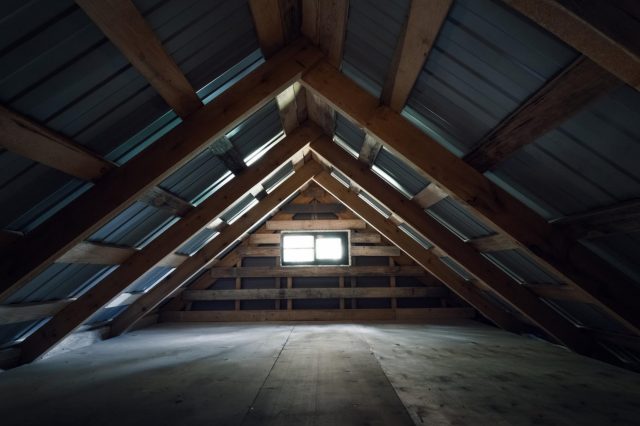
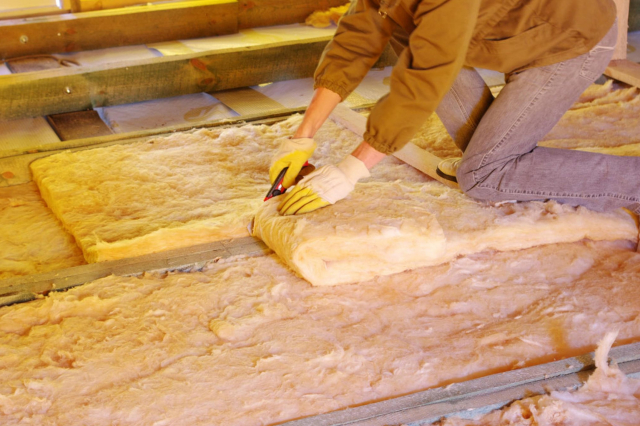

Can insulation be “waterproofed”? I mean, if I need to install it in a room or space with high humidity like a shower room?
Yes, you can waterproof it. E.g. bssement and crawl space insulation should be waterproofed. But there are certain nuances and specifics about this process depending on plumbing, flooring and other variables. You should ask a professional about the detail.
Does anyone know how to keep insulation dry in sauna? Is it possible at all?
Well, I’m not a pro but I heard that it’s not enough to only install insulation. I remember my friend was insulating his sauna, so he used regular fiber-glass insulation plus an aluminum foil vapor barrier.